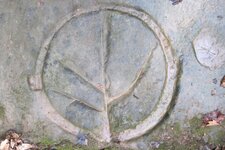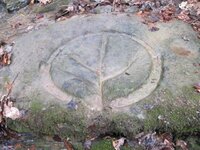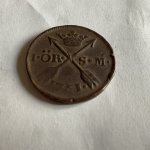searcherman
Jr. Member
These symbols or? Have been shown to me since I was small. The symbols are about 15" inches in diameter. Also each symbol is a little different. I have found what looks like the same symbol carved in a big beech tree. Back in the 1980"s there was native American body's found near this area. Also I have found arrow heads near these symbols. This spot is a great place for a hideout. These are the only symbols that i know of in the area. Just thought these could be a map or ? Thanks for your help!


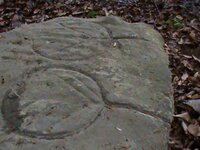
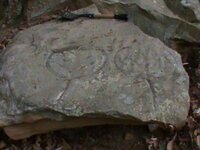
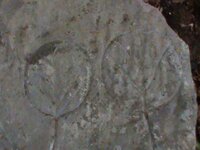
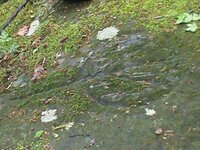
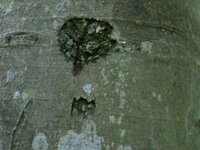
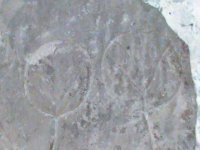
 Anything else in the immediate area?
Anything else in the immediate area?

 And THERE IT IS. Archies and Historetics can write their own rules, while those of us in the "great unwashed" have to ..........................well, nuff said.
And THERE IT IS. Archies and Historetics can write their own rules, while those of us in the "great unwashed" have to ..........................well, nuff said.
